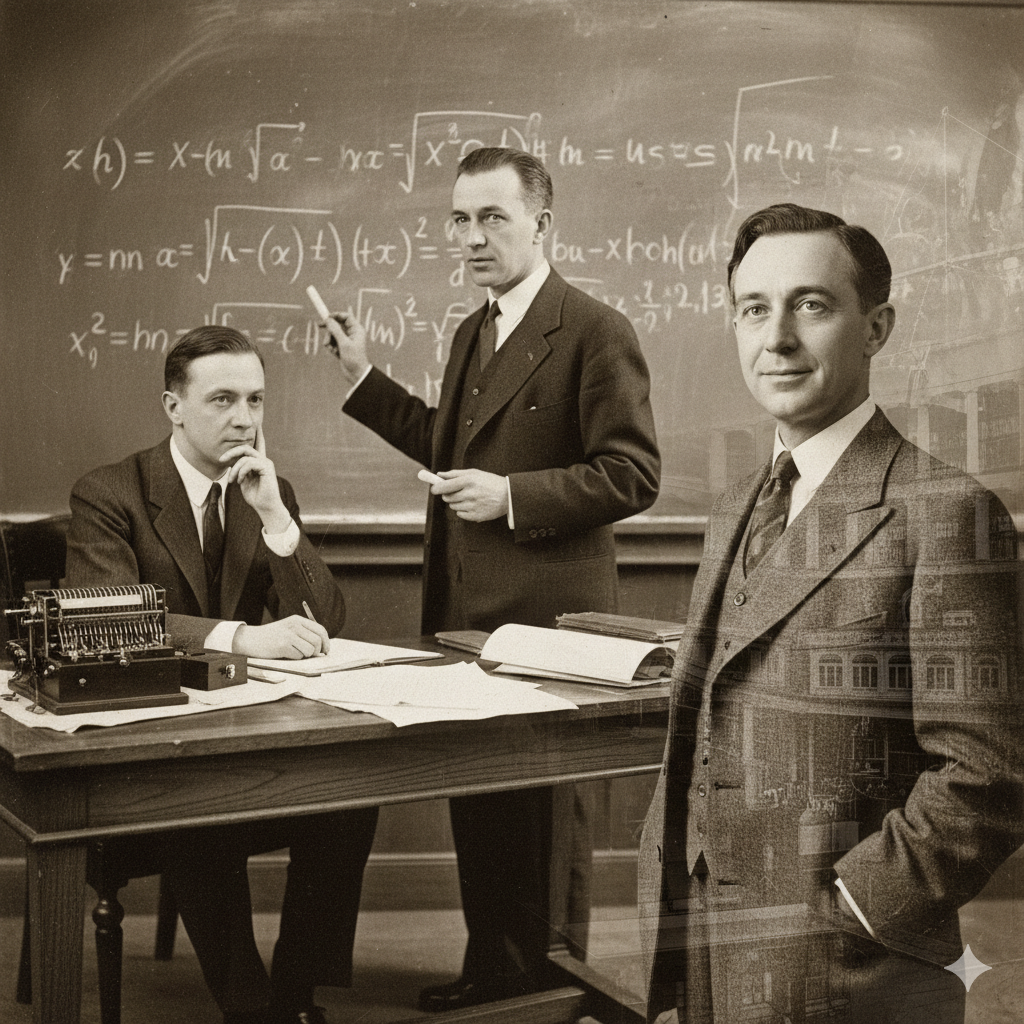
1. Consistency Layer: Turing Machine
2. Completeness Layer: Ordinal Logic System
3. Self-Driven Layer: Non-Cooperative Game (Nash Equilibrium System)
1. Error in the Choice of Logical Path
After proposing the Turing Machine (guaranteeing consistency), Turing could have continued using the dynamic computational method of the Turing Machine to construct the ordinal logic system, thus advancing the exploration of completeness.
But instead, he chose to rely on his advisor Church’s mathematical logic framework, with the results being:
Fundamental Problem: Mathematical logic is a static language, incapable of describing dynamic computation.
2. Limitation of Starting from Static Recursion
Turing’s thinking started from “static, untyped mechanical steps” and gradually moved toward “dynamic, typed ordinal logic.”
However, because of the static nature of mathematical logic, that system can never reach completeness, and must rely on external human judgment.
If approached from another direction—starting with dynamic interactive relations—one would enter the “domain of dynamic computability,” naturally transitioning to the dynamic equilibrium of Nash’s non-cooperative game, ultimately achieving overall unique convergence.
In other words: interactive relations better express the essence of dynamic computation than single-agent computation.
Turing’s mistake lay in failing to start from the computability of dynamic interaction, remaining instead within the static framework of mathematical logic, and thereby missing the path toward “self-driven completeness.”